<--- Back to Details
| First Page | Document Content | |
|---|---|---|
 Date: 2011-10-31 16:00:36Cell signaling Chordoma Embryology Developmental biology Notochord Sonic hedgehog Hedgehog signaling pathway Limb development Nucleus pulposus Biology Anatomy Skeletal system |
Add to Reading List |
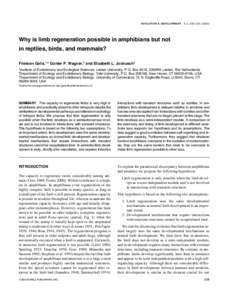 | EVOLUTION & DEVELOPMENT 5:2, 208–Why is limb regeneration possible in amphibians but not in reptiles, birds, and mammals?DocID: 1v982 - View Document |
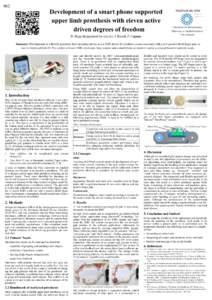 | 062 Development of a smart phone supported upper limb prosthesis with eleven active driven degrees of freedom D. Hepp (), J. Kirsch, F. CapanniDocID: 1tqAe - View Document |
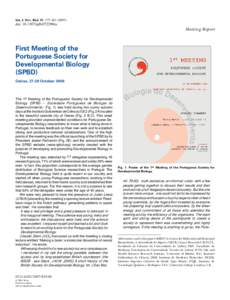 | Int. J. Dev. Biol. 51: doi: ijdb.072290ra Meeting ReportDocID: 1q9oZ - View Document |
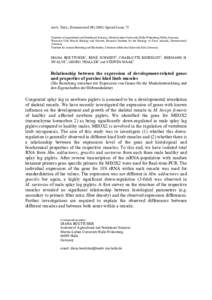 | Relationship between the expression of development-related genes and properties of porcine hind limb musclesDocID: 1pZOH - View Document |
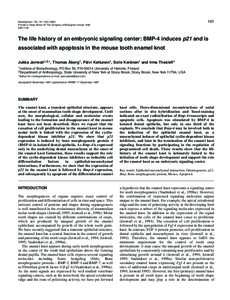 | 161 Development 125, Printed in Great Britain © The Company of Biologists Limited 1998 DEV1132DocID: 1ppwY - View Document |
 Developing a mouse model for chordoma. Brian Harfe, Ph.D. Molecular Genetics and Microbiology University of Florida, College of Medicine and the Genetics Institute
Developing a mouse model for chordoma. Brian Harfe, Ph.D. Molecular Genetics and Microbiology University of Florida, College of Medicine and the Genetics Institute